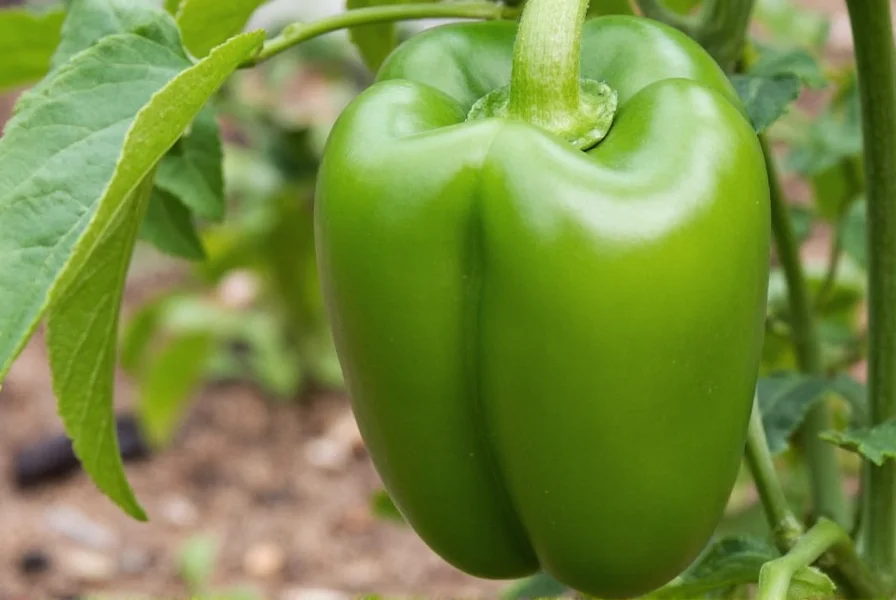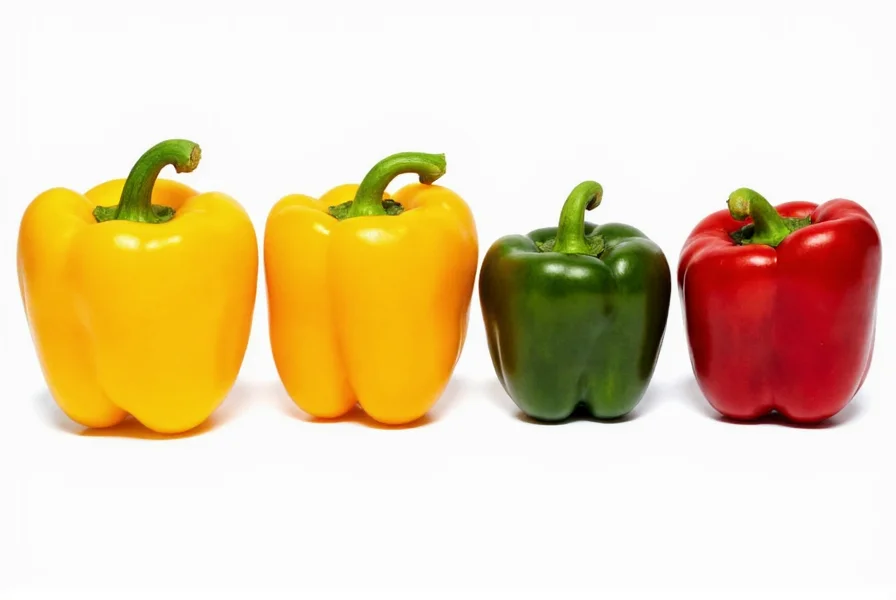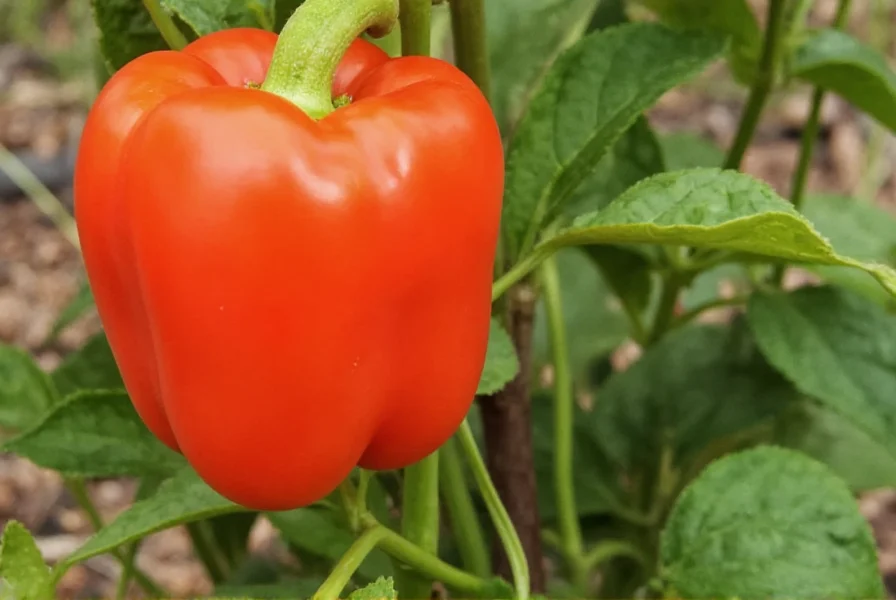
Understanding the UC Davis Pepper Cultivar
When researching uc davis pepper variety characteristics, it's important to recognize this isn't just another generic bell pepper. Developed through the University of California's agricultural research program, this specific cultivar emerged from breeding efforts focused on creating peppers with superior field performance and marketability.
The UC Davis pepper program dates back to the mid-20th century when researchers began selective breeding to address challenges faced by California's pepper growers. Unlike many commercial varieties that prioritize appearance over performance, the UC Davis cultivar was engineered with practical growing conditions in mind.
Key Characteristics of UC Davis Peppers
What makes the uc davis bell pepper cultivation experience different from other varieties? Several distinctive features set this cultivar apart:
- Thick fruit walls - Typically measuring 0.25-0.3 inches thick, providing better texture and cooking performance
- Consistent blocky shape - Uniform four-lobed structure preferred by commercial processors
- Early maturity - Reaches harvestable size approximately 65-70 days after transplanting
- Disease resistance package - Shows tolerance to common pepper pathogens including tobacco mosaic virus
- Adaptability - Performs well across various California climate zones, from coastal to inland valleys
| Pepper Variety | Maturity (Days) | Wall Thickness | Disease Resistance | Best Growing Region |
|---|---|---|---|---|
| UC Davis | 65-70 | 0.25-0.30 inches | TMV, PVY | California Central Valley |
| California Wonder | 70-75 | 0.20-0.25 inches | None | Nationwide |
| Big Bertha | 72-78 | 0.22-0.27 inches | TMV | Warmer climates |
Growing UC Davis Peppers Successfully
For gardeners interested in growing uc davis peppers in home garden settings, understanding proper cultivation techniques proves essential. Unlike many supermarket bell peppers that come from hybrid varieties bred primarily for shipping durability, the UC Davis cultivar responds well to attentive home growing practices.
Start seeds indoors 8-10 weeks before your last expected frost date. Maintain soil temperatures between 70-85°F for optimal germination. When transplanting seedlings outdoors, space plants 18-24 inches apart in rows 30-36 inches apart to ensure adequate air circulation—a critical factor for uc davis pepper disease resistance in humid conditions.
These peppers thrive in well-drained soil with pH between 6.0-6.8. Apply balanced fertilizer when flowers appear, then switch to phosphorus-rich formula as fruits develop. Consistent moisture is crucial—irregular watering leads to blossom end rot, a common issue with thick-walled peppers like the UC Davis variety.
Culinary Applications and Harvesting Tips
The uc davis pepper vs california wonder comparison often comes up among culinary enthusiasts. While both produce standard green bell peppers when immature, the UC Davis variety typically develops thicker walls that hold up better during cooking. Harvest peppers when they reach full size but before they begin changing color for traditional green bell pepper flavor, or allow them to ripen to red for sweeter taste and increased vitamin content.
Chefs appreciate this variety's structural integrity when stuffed or roasted. The thick walls provide excellent texture in stir-fries and fajitas without becoming mushy. For best flavor development, harvest in the morning after dew has dried but before temperatures peak.
Where to Source UC Davis Pepper Plants
Many gardeners search for where to buy uc davis pepper seeds but encounter confusion. Unlike proprietary varieties protected by plant patents, the UC Davis pepper is widely available through multiple seed companies. Look for it under its formal designation 'UC Davis' rather than assuming it's exclusive to university outlets.
Reputable seed suppliers including Territorial Seed Company, Johnny's Selected Seeds, and High Mowing Organic Seeds typically carry this variety. When purchasing, verify you're getting the true UC Davis cultivar rather than a similarly named hybrid. The authentic variety should specify its University of California origin and demonstrate the characteristic thick walls described in agricultural extension publications.
Common Challenges and Solutions
Gardeners sometimes report issues with uc davis pepper yield problems. Most stem from improper cultural practices rather than variety limitations. Blossom drop often occurs when nighttime temperatures exceed 75°F or drop below 60°F. Implement shade cloth during heat waves and consider row covers during cool springs to maintain optimal temperature ranges.
For those experiencing uc davis pepper disease resistance failures, review your crop rotation practices. Even disease-resistant varieties succumb to pathogens when grown in the same soil year after year. Rotate with unrelated crops like beans or lettuce every 3-4 years to break disease cycles.

Final Considerations for Growers
The UC Davis pepper remains a workhorse variety for good reason. Its balanced combination of productivity, quality, and adaptability makes it an excellent choice for both novice and experienced gardeners. When evaluating uc davis bell pepper cultivation tips from various sources, prioritize advice from university extension services over anecdotal recommendations for the most reliable results.
Frequently Asked Questions
Is the UC Davis pepper the same as California Wonder?
No, the UC Davis pepper is a distinct cultivar developed later than California Wonder. While both are bell peppers, UC Davis features thicker walls, earlier maturity, and better disease resistance compared to the older California Wonder variety.
How tall do UC Davis pepper plants grow?
UC Davis pepper plants typically reach 18-24 inches in height at maturity. They benefit from staking or caging to support the weight of their thick-walled fruits, especially when grown in windy conditions.
What's the heat level of UC Davis peppers?
UC Davis peppers are bell peppers with zero Scoville heat units. They contain no capsaicin, making them completely mild and suitable for all palates, including children and those sensitive to spicy foods.
Can I save seeds from UC Davis peppers for next year?
Yes, UC Davis peppers are open-pollinated, meaning you can save seeds from mature fruits. Allow peppers to fully ripen to red on the plant, then harvest, dry, and store seeds in a cool, dark place for planting the following season.
Why are my UC Davis peppers small?
Small UC Davis peppers typically result from insufficient nutrients, water stress, or overcrowding. Ensure plants receive consistent moisture, adequate spacing (18-24 inches apart), and balanced fertilizer during fruit development for optimal size.











 浙公网安备
33010002000092号
浙公网安备
33010002000092号 浙B2-20120091-4
浙B2-20120091-4